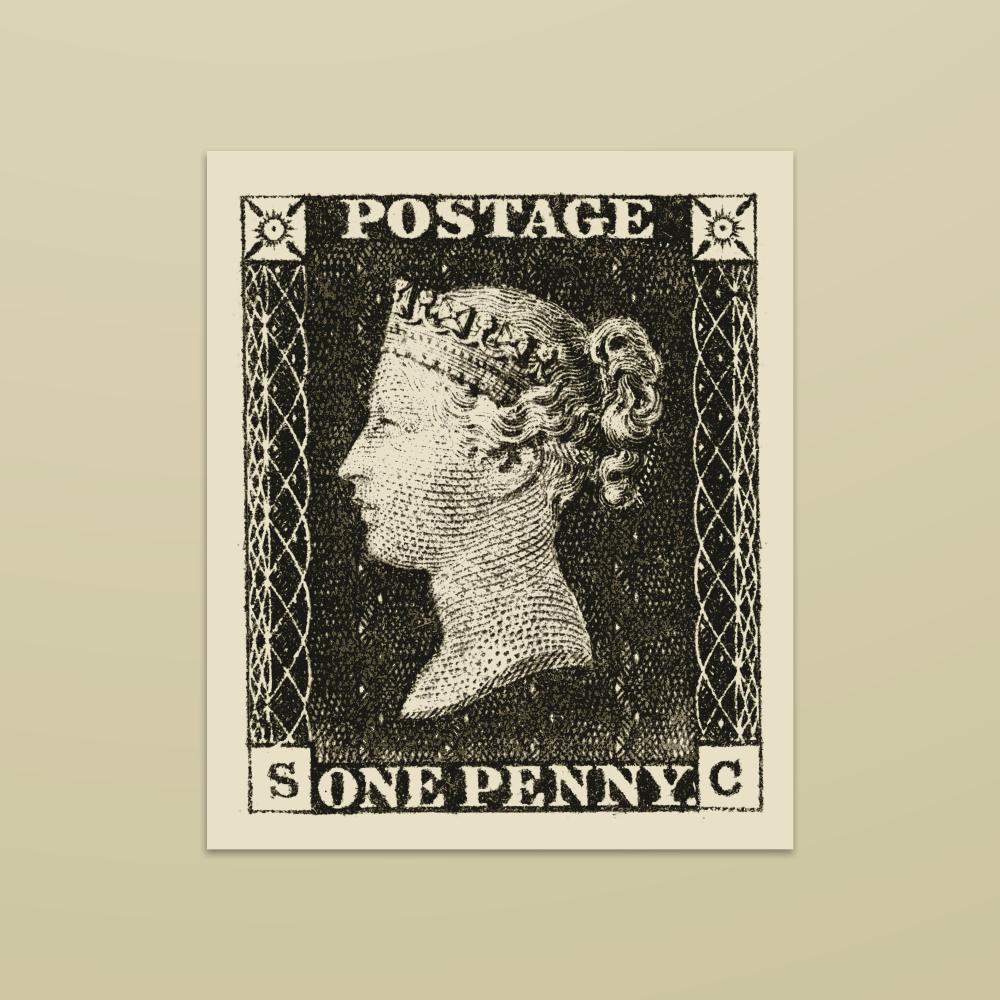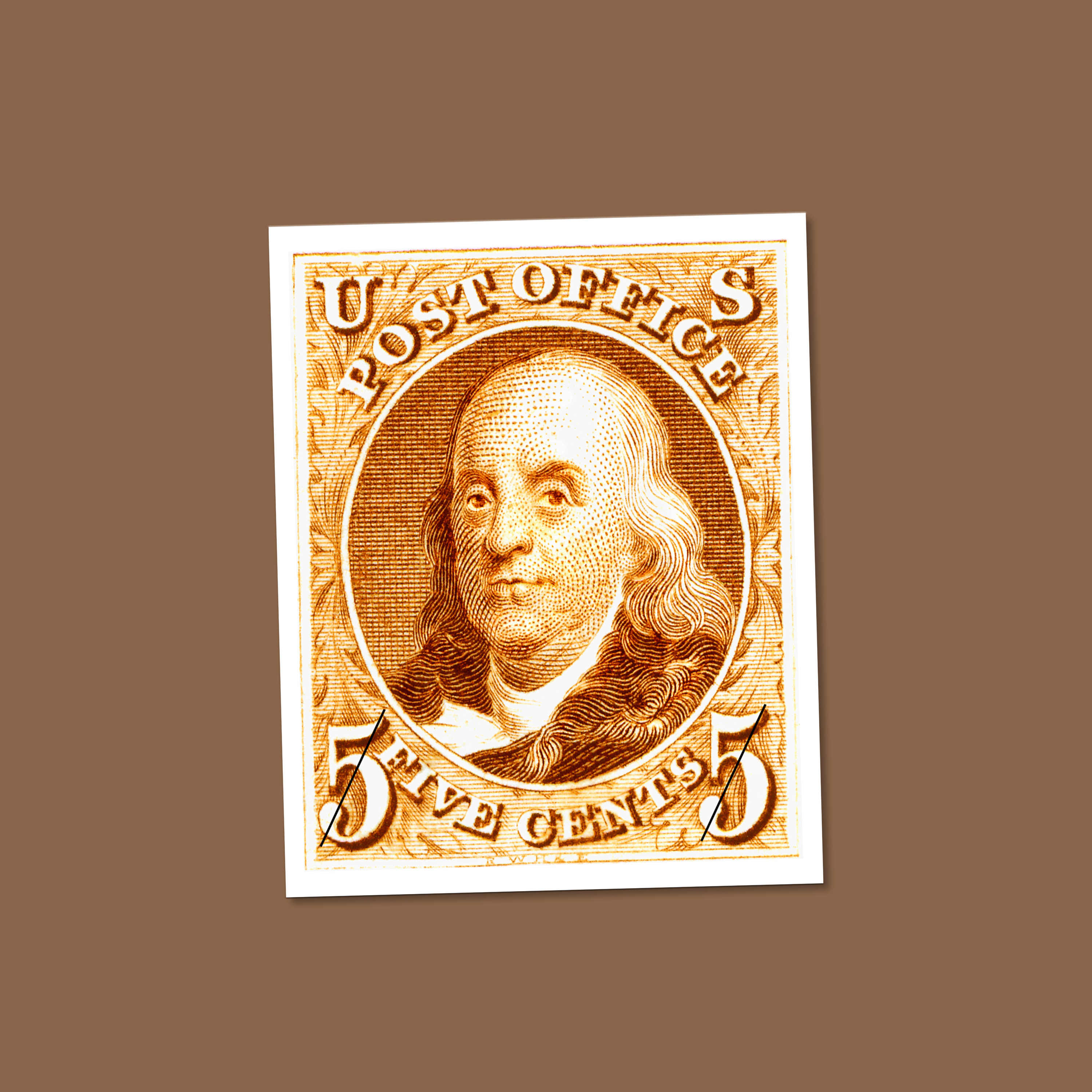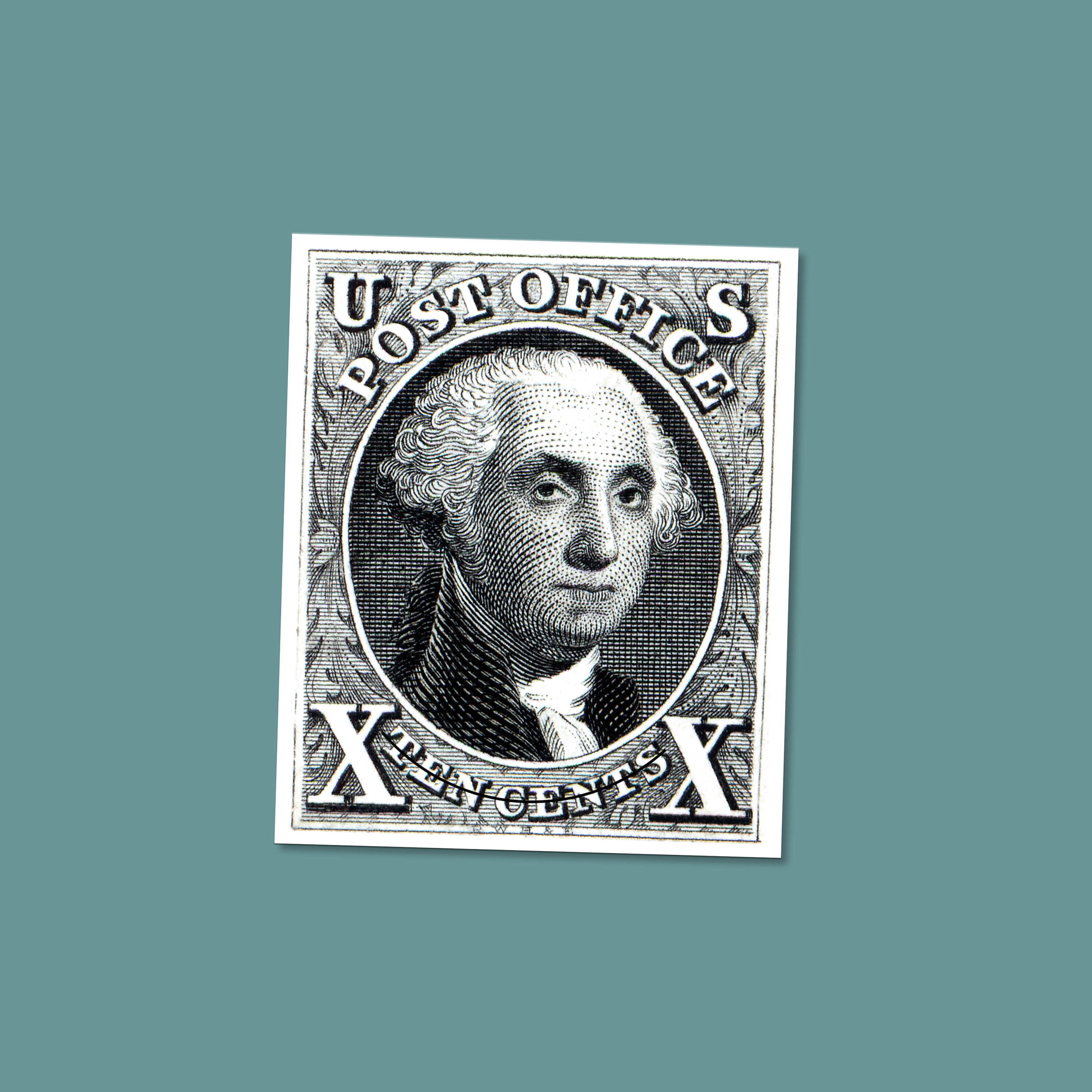What Is a Stamp Collector Called?
Plus, how the term “philately” came to be
Stamp collectors have been around almost as long as postage stamps. In addition to their usefulness in sending mail, stamps are small, inexpensive, and easy to acquire, and they often feature striking works of art. It only makes sense that people would want to collect them. In fact, after the introduction of the world’s first postage stamp in 1840, this hobby became so popular that it needed a name, and in 1864, a Frenchman named Georges Herpin provided one: philately (pronounced fih-LAT-uh-lee). He coined the term by combining the Greek roots philo, meaning “love,” and ateleia, meaning “exemption from tax or duty.”
At first glance, a word that literally translates as “love of tax exemption” might seem like an odd choice for the study of postage stamps, postal history, and related items. What does being a stamp collector have to do with an affinity for avoiding taxes? For that answer, we must go back to before 1840 — before the age of prepaid postage.

On May 1, 1840, Britain’s Penny Post issued the Penny Black, which was the world’s first adhesive postage stamp. Prior to that day, the responsibility of paying for postage primarily fell upon the person receiving the mail. The invention of prepaid postage forever lifted that burden. With stamps, the sender could cheaply and easily pay the appropriate postage amount before sending off a letter or package, freeing the recipient from having to pay for their mail. Needless to say, this change was immensely popular, and it quickly inspired postal services around the world to begin issuing stamps of their own; the United States Post Office Department issued its first two stamps, featuring Benjamin Franklin and George Washington, on July 1, 1847.


The convenience of prepaid postage made adhesive stamps a near-immediate success. Such widespread popularity fueled further issuances, including many that featured eye-catching imagery. These miniature works of art inspired pioneering philatelists to seek out more and more stamps to study and collect. By the time Georges Herpin came up with a name for the stamp-collecting hobby, a community of enthusiasts from across the globe had begun gathering and trading stamps for their collections. Philately had grown into a phenomenon that would thrive for generations to come.
Stamps and the subjects they depict provide so much more than prepaid postage. They serve as a window into the past and grant us a glimpse at the culture and values of people from different eras.
Today, even after more than a century and a half, you can hear the term philately everywhere — from collector societies and journals to auction houses and museums. No longer just a hobby, philately is also an academic pursuit. Stamps and the subjects they depict provide so much more than prepaid postage. They serve as a window into the past and grant us a glimpse at the culture and values of people from different eras. For some, the joy of stamps lies in their beauty or in their connection to a beloved figure or piece of media. For others, it’s all about technical minutia like printing processes, ink varieties, and perforation specs. Philatelists can range from casual hobbyists to serious collectors to professional postal historians, but all of them play a part in preserving and honoring pieces of America’s ongoing story, one square inch at a time.
Now you’re ready to wow your trivia team with the correct answers to questions like “What do you call a stamp collector?” or “What is a philatelist?”, but if you want to learn more or even dip a toe into philately’s inviting waters, we can help. As you now know, the U.S. Postal Service has been issuing stamps since 1847. That makes for a lot of stamps. To help you find your bearings and figure out how and where to start, we put together a guide for aspiring collectors. Before long, you, too, could join the ever-growing line of philatelists whose love of the stamp world’s culture and artistry exceeds even their love of tax exemption.